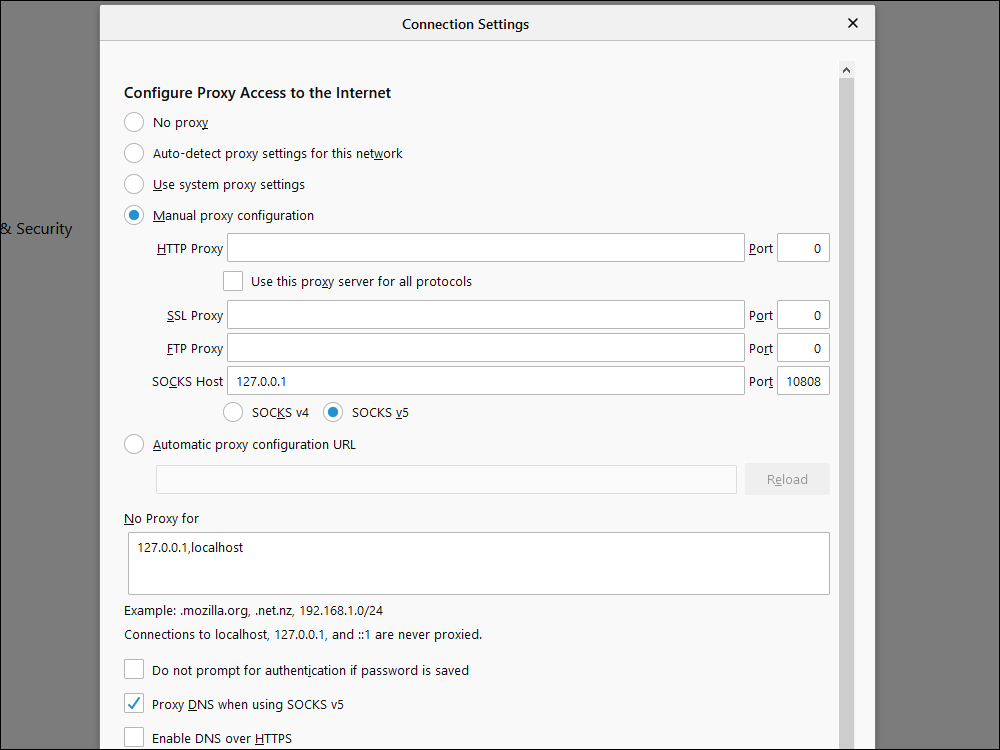

DPI methods acquire flow packets entirely and inspect both their headerĪnd payload. Naturally Tor flows can be identified and blocked by deep packet inspection (DPI)

Service providers (ISPs), and governments block Tor traffics for diverse reasons. Identity and save their privacy on the web. Muharram Hassan Mojtahed Engineering Department, Bu-Ali Sina University, Hamedan, IranĪnonymous web surfing is a concern of many users. Trained classifiers can readily be employed in modern network switches and intelligent These algorithms use general statistics of first few packets of the inspected flows.Įxperimental results conducted on real traffics show that all the adopted algorithmsĬan perfectly detect the desired traffics by only inspecting first 10–50 packets. In addition, we study theĮffectiveness of SVM and C4.5 as well-known parametric and nonparametric classifiers. We investigate the performance ofĪdaboost and Random Forests as two ensemble methods. On detection of three widely used Tor pluggable transports, namely Obfs3, Obfs4,Īnd ScrambleSuit using four learning algorithms. We propose to use machine learning-based techniques that automatically learn fromĮxamples and adapt to new data whenever required. Issues limit the application of DPI methods in practical scenarios. Need considerable human effort, and usually are hard to maintain and update.

However, DPI-based solutions are computation intensive, Tor and its plugins can be detected by deep packet On the other side, Tor developers enhance flowĪnonymity with various plugins. Network owners try to identify and block Tor flows. © Springer Science+Business Media, LLC, part of Springer Nature 2018Ībstract Tor is a widespread network for anonymity over the Internet. Transports using machine learning techniques Real-time identification of three Tor pluggable


 0 kommentar(er)
0 kommentar(er)
